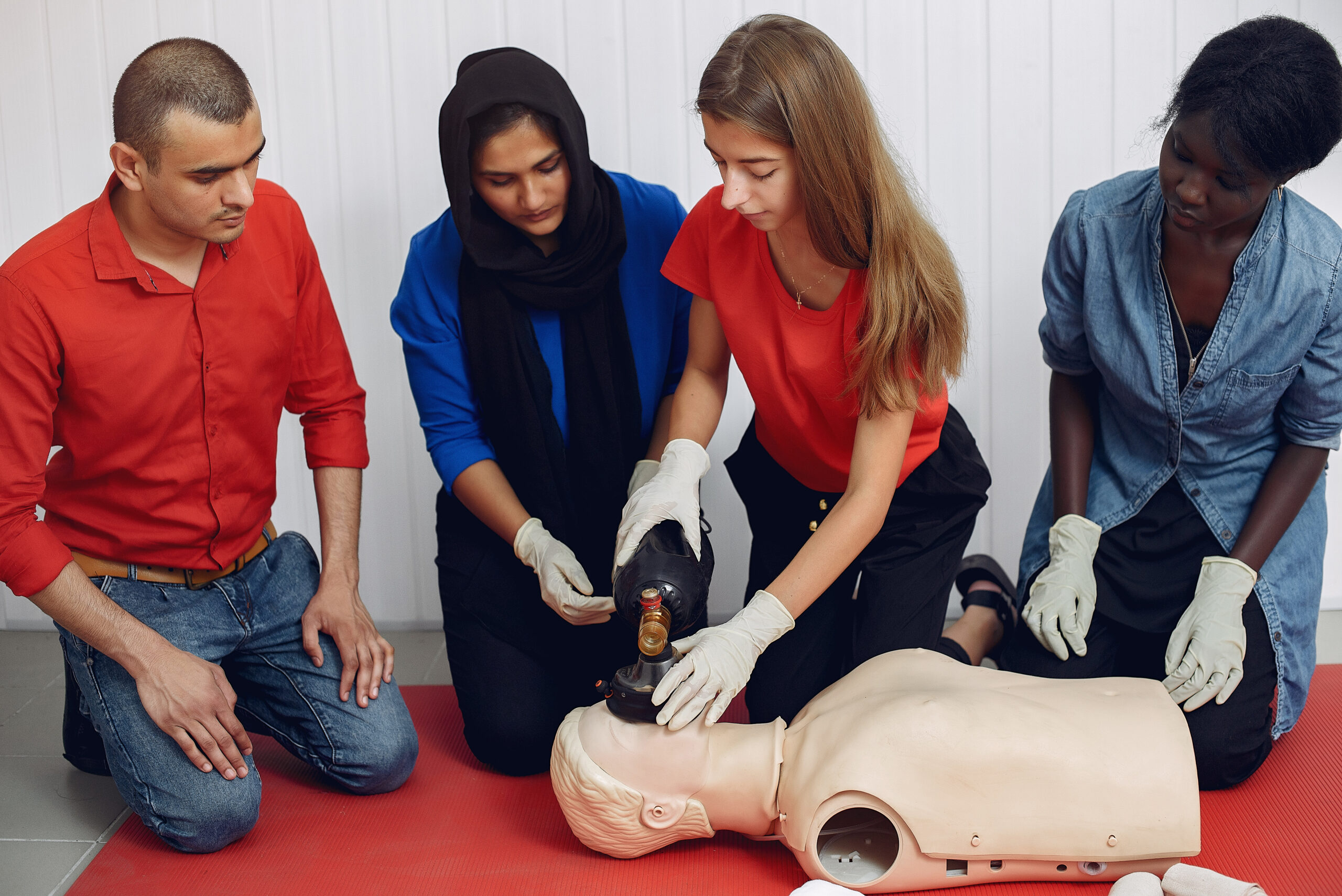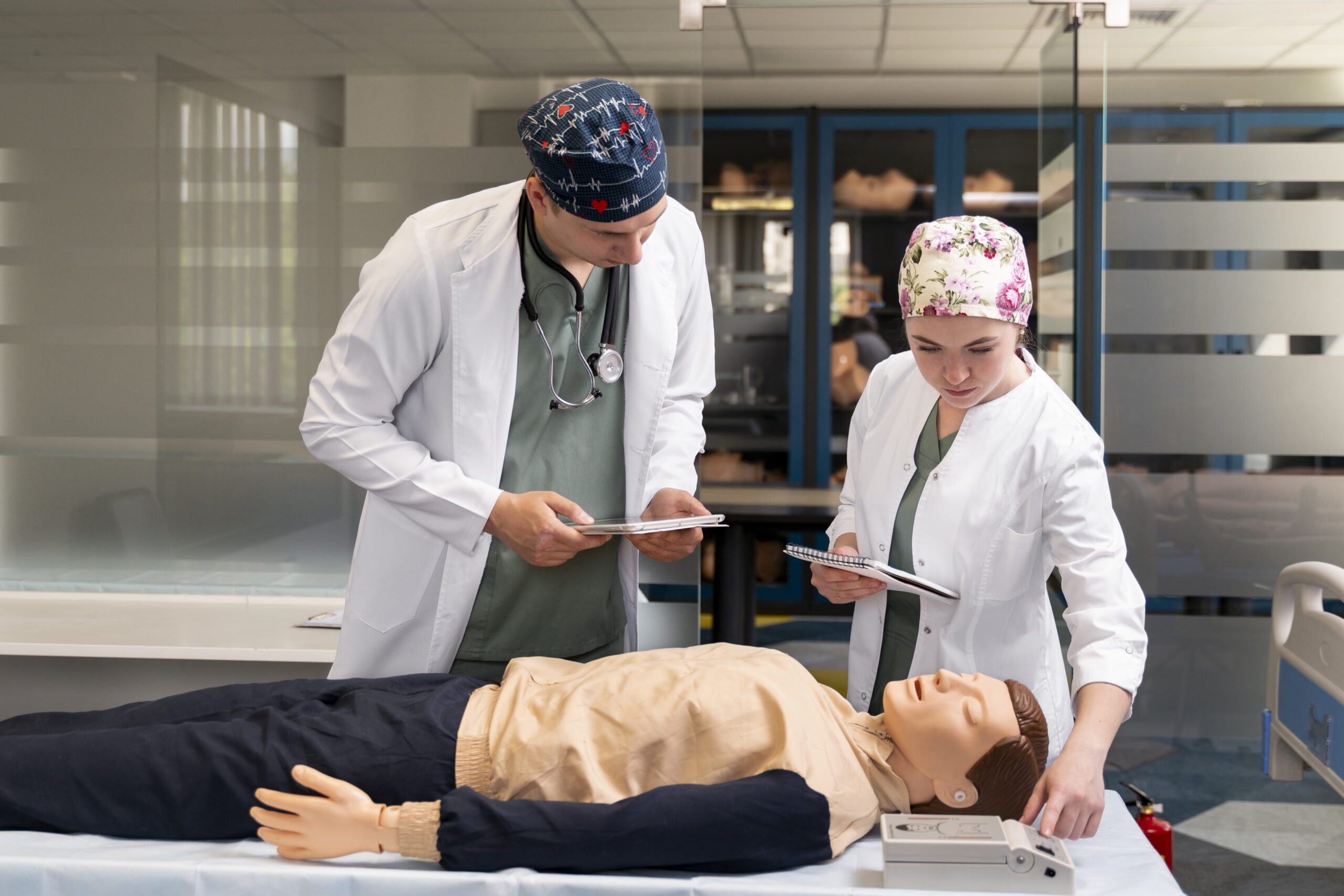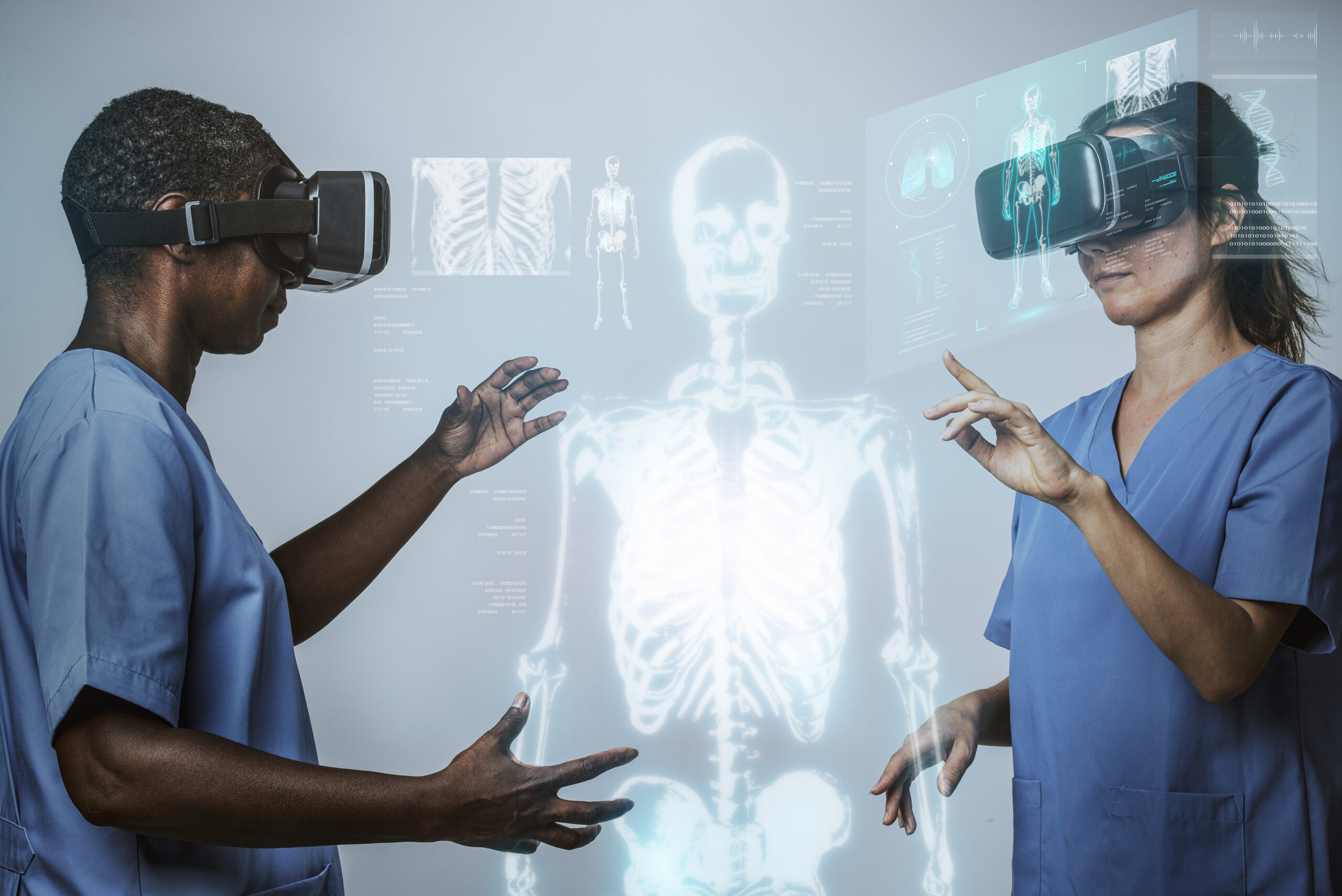About the project
The project aims to develop a course that teaches healthcare educators how to utilize simulation in healthcare education. Despite its underutilization due to resource constraints and lack of awareness, simulation has the potential to greatly enhance the learning experience.
The course addresses these issues by improving educators’ competencies in embedding simulation in curricula and providing cost-effective alternatives to traditional tools.
Additionally, it covers emerging technologies like Augmented Reality (AR) and Virtual Reality (VR) to ensure the course remains relevant in the future. The collaboration of healthcare simulation experts from various EU countries enhances the project’s quality and promotes internationalization.
Ultimately, the project seeks to empower educators, bridge the theory-practice gap, and improve patient care outcomes in healthcare education.
Importance of Simulation in Healthcare Education
Simulation plays a crucial role in enhancing the learning experience in healthcare education.
By incorporating simulation in healthcare education, educators can enhance the overall learning experience, improve students’ clinical competence, and ultimately contribute to better patient care outcomes. Simulation provides a valuable bridge between classroom learning and real-world practice, empowering healthcare professionals to deliver safe and effective care.
Key reasons why simulation is important
Realistic Practice
Simulation provides learners with opportunities to practice in a controlled and safe environment that closely resembles real-life healthcare scenarios. It allows students to apply theoretical knowledge and develop critical thinking, decision-making, and problem-solving skills.
Active engagement
Simulation encourages active learning by actively involving learners in hands-on experiences. It promotes participation, collaboration, and interaction, fostering a deeper understanding of healthcare concepts and procedures.
Mistake & error learning
In a simulated setting, learners can make mistakes and learn from them without compromising patient safety. They can receive immediate feedback, reflect on their actions, and improve their performance, which leads to better clinical competence and patient care outcomes.
Bridging the Theory-Practice Gap
Simulation helps bridge the gap between theoretical knowledge and its practical application. By engaging in realistic scenarios, students can connect theory to real-world practice, enhancing their clinical reasoning and decision-making abilities.
Teamwork and Communication Skills
Healthcare simulation often involves team-based scenarios, allowing learners to develop essential teamwork and communication skills. They learn to effectively collaborate, communicate, and coordinate with interdisciplinary teams, mirroring real healthcare settings.
Exposure to Diverse Scenarios
Simulation provides access to a wide range of clinical scenarios, including rare or complex cases that students may not encounter frequently during their clinical rotations. This exposure helps broaden their clinical experience and prepares them for a variety of patient care situations.
EEDUSIM Course
The simulation course is designed to provide a comprehensive learning experience, combining both theoretical knowledge and practical application. Spanning a total of 80 hours, the course is divided into 8 units, each carefully prepared by two expert partners who bring their specialized knowledge and insights.
To ensure effective learning, each module is facilitated by a designated tutor who guides students through the content, provides support, and encourages active participation. The course is conducted primarily in English, catering to a global audience, while also considering the diverse linguistic needs of participants. Teaching materials are made available in multiple languages, promoting inclusivity and accessibility for learners from different backgrounds.
Throughout the course, students engage with a variety of instructional methods, including lectures, discussions, and hands-on simulations. The practical component allows learners to apply their theoretical knowledge in realistic scenarios, fostering critical thinking, problem-solving skills, and teamwork.
By offering a well-rounded curriculum and utilizing a diverse team of experts, the simulation course provides participants with a comprehensive understanding of simulation in healthcare education. It equips them with the necessary skills and knowledge to incorporate simulation into their own teaching practices, ultimately enhancing the quality of education and improving patient care outcomes.
EEDUSIM Technology
We are creating a VR platform that transforms healthcare education by providing an immersive learning experience. Students engage with realistic clinical cases, developing critical thinking and problem-solving skills in a safe environment. Different clinical cases are included in the platform and also unique innovative features that will enhance the experience like never before.



